[MASS |||| by Janwillem van Maele]
Here's an introduction to the production of a fabric formed concrete design piece, the thesis work of Janwillem van Maele at De Hogeschool West-Vaanderen. The feeding of the DWG file to an automatic stitching of the fabric mold is the part to have in mind here - the pour is done by filling the form with dry concrete mix and then watering the form afterwards (see below images that tell the story well).
Van Maele writes this (as communicated on the Dezeen Blog) The MASS |||| is a concrete sidetable with the following production process: "I started with a DWG file for the right shape of the legs. That file can be entered in an industrial embroidery machine. This is automatically sewn."
The pictures below go mostly without saying - in the bottom of the post is a reference to a product that uses a similar technique at a larger scale.
[Sand- I think it must be to tension the fabric and maintain the shape in place, that extra load is added]
[Water added to the filled fabric form. The water drenches the form and activates the cement inside]
[Kit of parts to create the fabric formed concrete side-table]
[The DWG drawing of the unfolded fabric formwork]
[Tailored fabric formwork]
[Formwork before it's hung and filled]
[Reinforcement bars were pushed into the form when filled. I'm surprised if the concrete mix doesn't have fibres as well]
At a larger scale
The 'watering technique' resembles, in a smaller scale the ingenious product Concrete Canvas, which I just did a post on here:
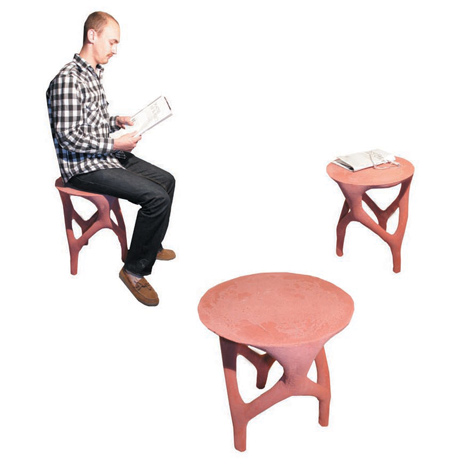
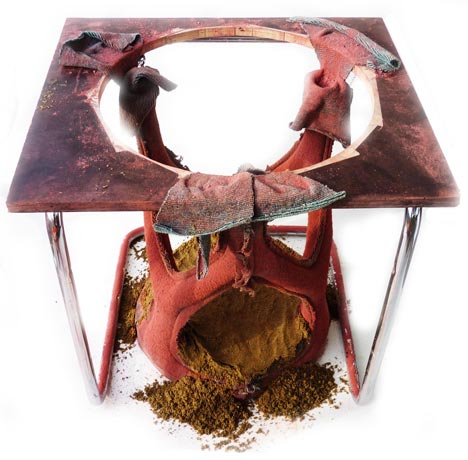
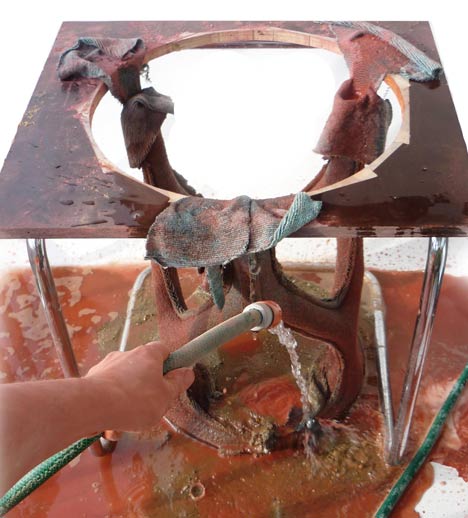
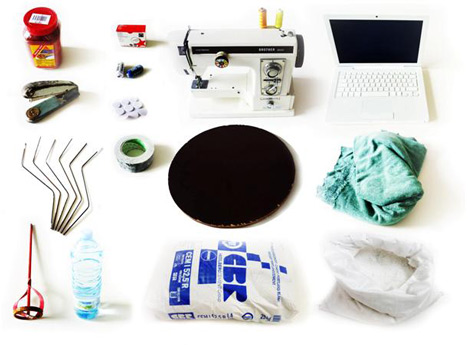
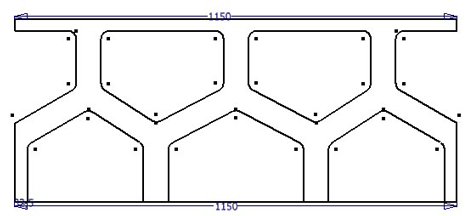
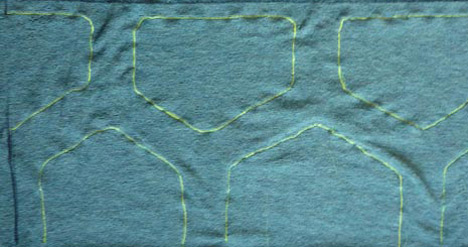
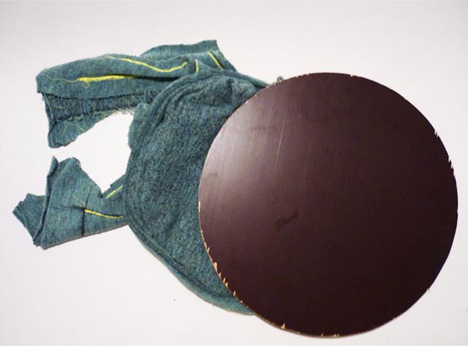
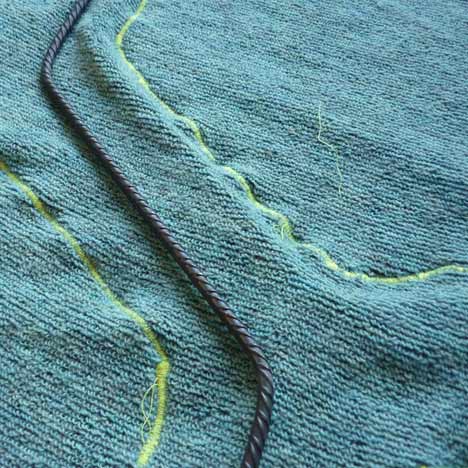
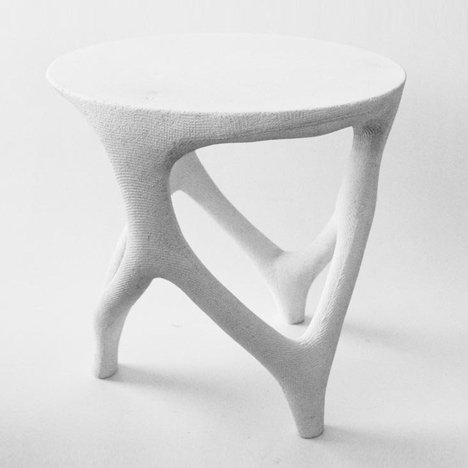
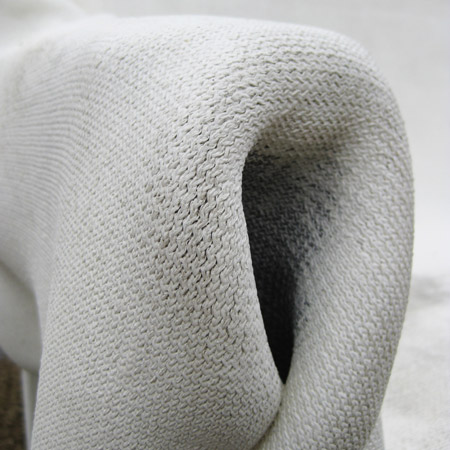
No comments:
Post a Comment
Note: Only a member of this blog may post a comment.